The Non-PVC IV Bag Market has witnessed substantial growth, driven by the increasing demand for safe and effective intravenous therapies. Non-PVC IV bags present a viable alternative to traditional PVC bags, as they offer enhanced safety profiles, particularly in minimizing the leaching of harmful substances.
The competitive landscape of this market is characterized by the presence of numerous key players, each contributing to innovation, expansion, and the raising of industry standards.
As healthcare facilities aim to improve patient outcomes while adhering to stringent regulations, the shift towards non-PVC materials has become a focal point for manufacturers looking to capture market share and respond to evolving consumer preferences.
Understanding the strategies employed by leading companies in this segment is crucial for assessing the market's trajectory and the dynamics driving competition. B. Braun Melsungen has established itself as a strong contender in the Non-PVC IV Bag Market, focusing on quality and safety in its product offerings.
The company has leveraged its extensive expertise in healthcare to develop a wide range of medical devices, including non-PVC IV bags that cater to the diverse needs of healthcare professionals.
With a commitment to innovation, B. Braun Melsungen invests significantly in research and development to enhance the performance and safety of its IV bags, ensuring they comply with international healthcare standards.
Additionally, the company boasts a robust distribution network that enhances its market presence, allowing it to efficiently reach healthcare providers and patients across various regions. This strategic positioning, combined with a dedication to sustainability and patient-centric design, underscores B. Braun Melsungen's prominent role in advancing the non-PVC IV bag segment.
SCM Pharma is another vital player within the Non-PVC IV Bag Market, known for its specialization in the provision of aseptically compounded pharmaceutical products. The company has distinguished itself by offering non-PVC IV bags tailored for specific therapeutic needs, ensuring that products maintain their sterility and efficacy throughout the delivery process.
SCM Pharma's commitment to quality assurance and regulatory compliance positions it as a trustworthy partner for healthcare facilities seeking reliable solutions in intravenous therapy. The firm emphasizes the importance of customized solutions, addressing individual client requirements while adhering to the highest safety standards.
This focus on personalized service, combined with a depth of experience in sterile compounding, highlights SCM Pharma's role in shaping the landscape of non-PVC IV bag offerings and reflects the market's broader trend toward innovation and patient safety.


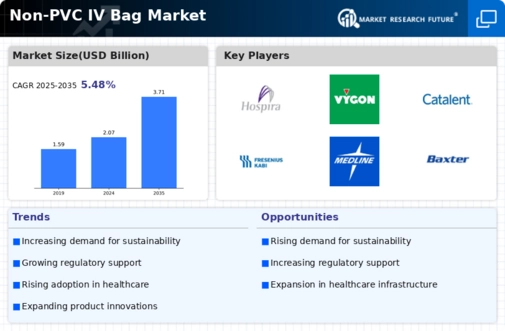
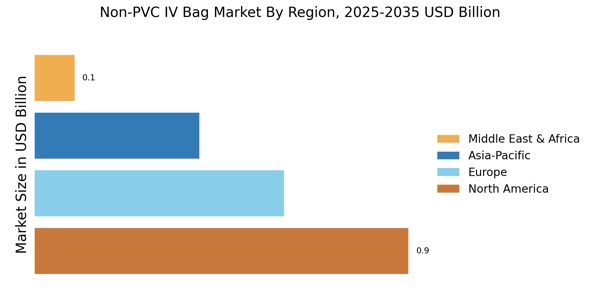

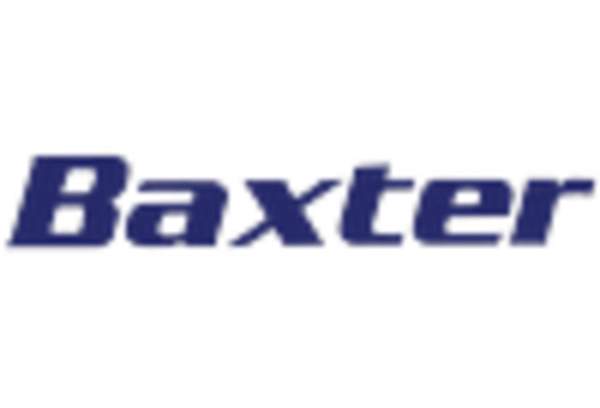
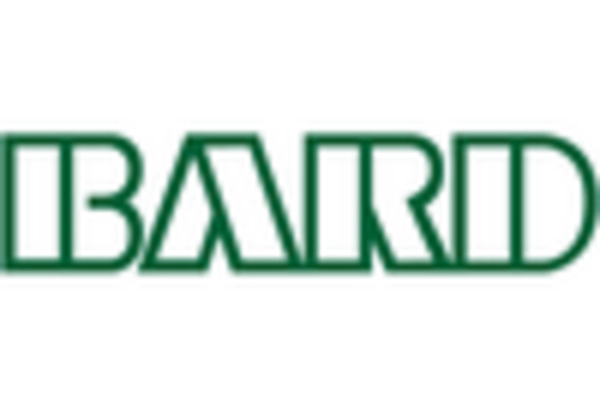

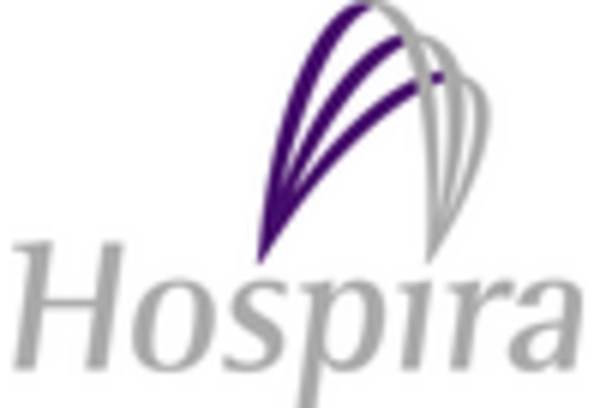









Leave a Comment